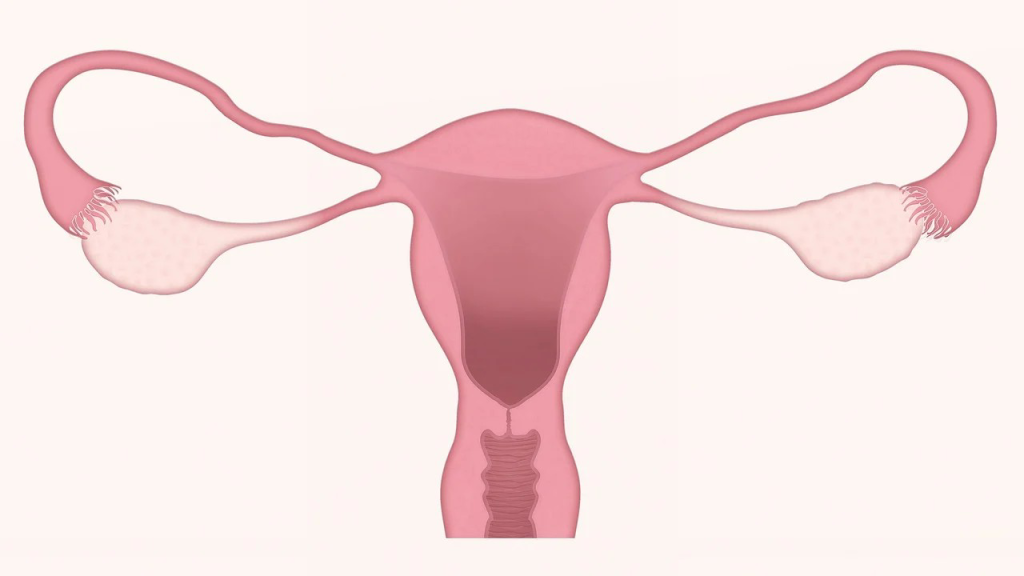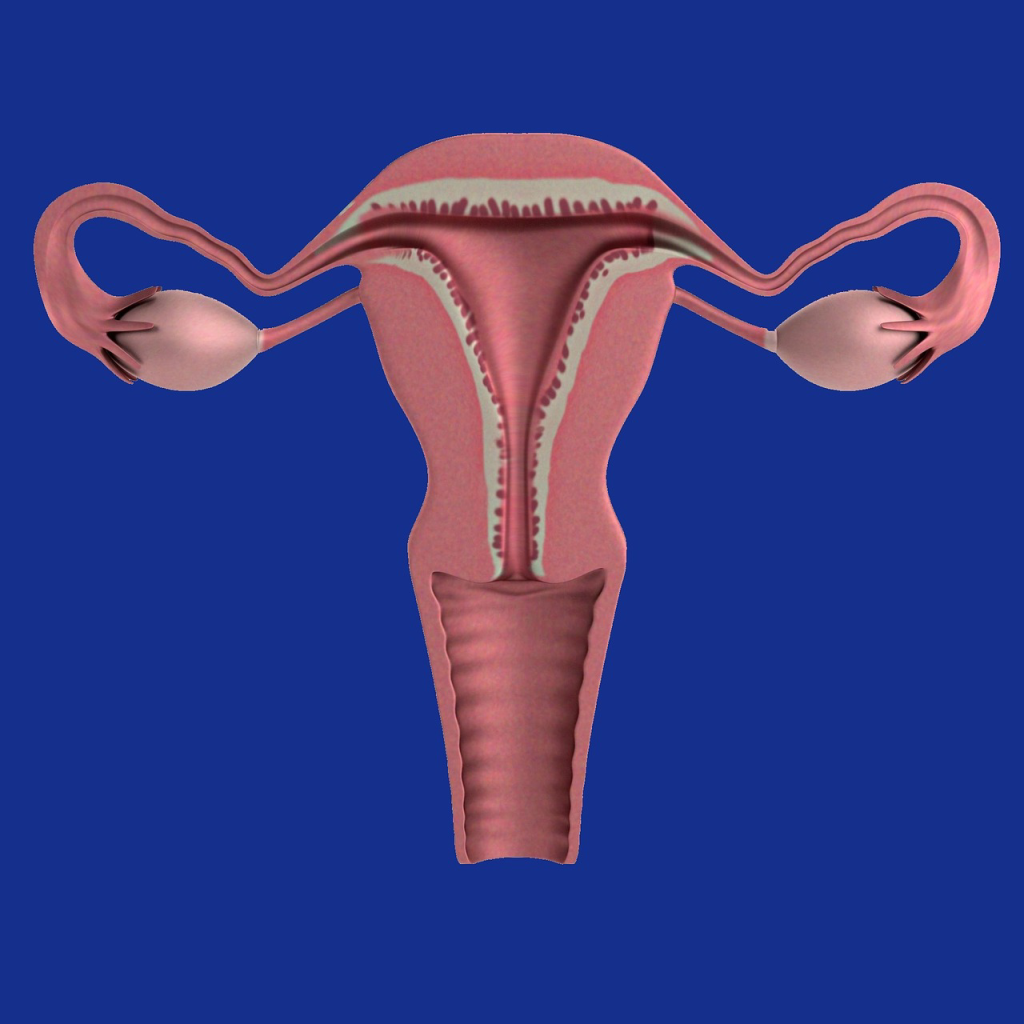Cord prolapse: Causes, signs, and management
What is cord prolapse? Cord prolapse is an obstetrical emergency whereby the cord lies in the front of the presenting part with the membranes ruptured. It requires the expertise of an experienced midwife or obstetrician to save the baby’s life. During this period, the midwife should allay the woman’s anxiety and ensure that he or …


